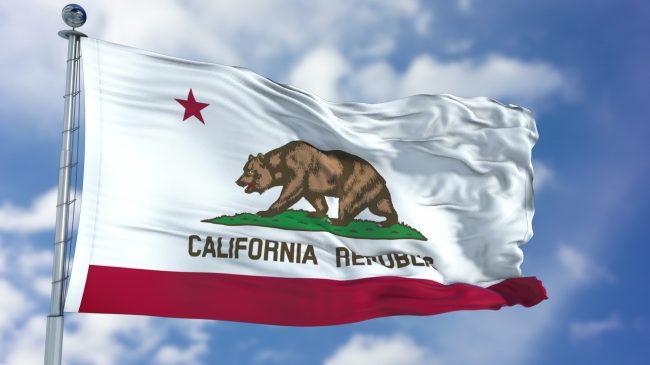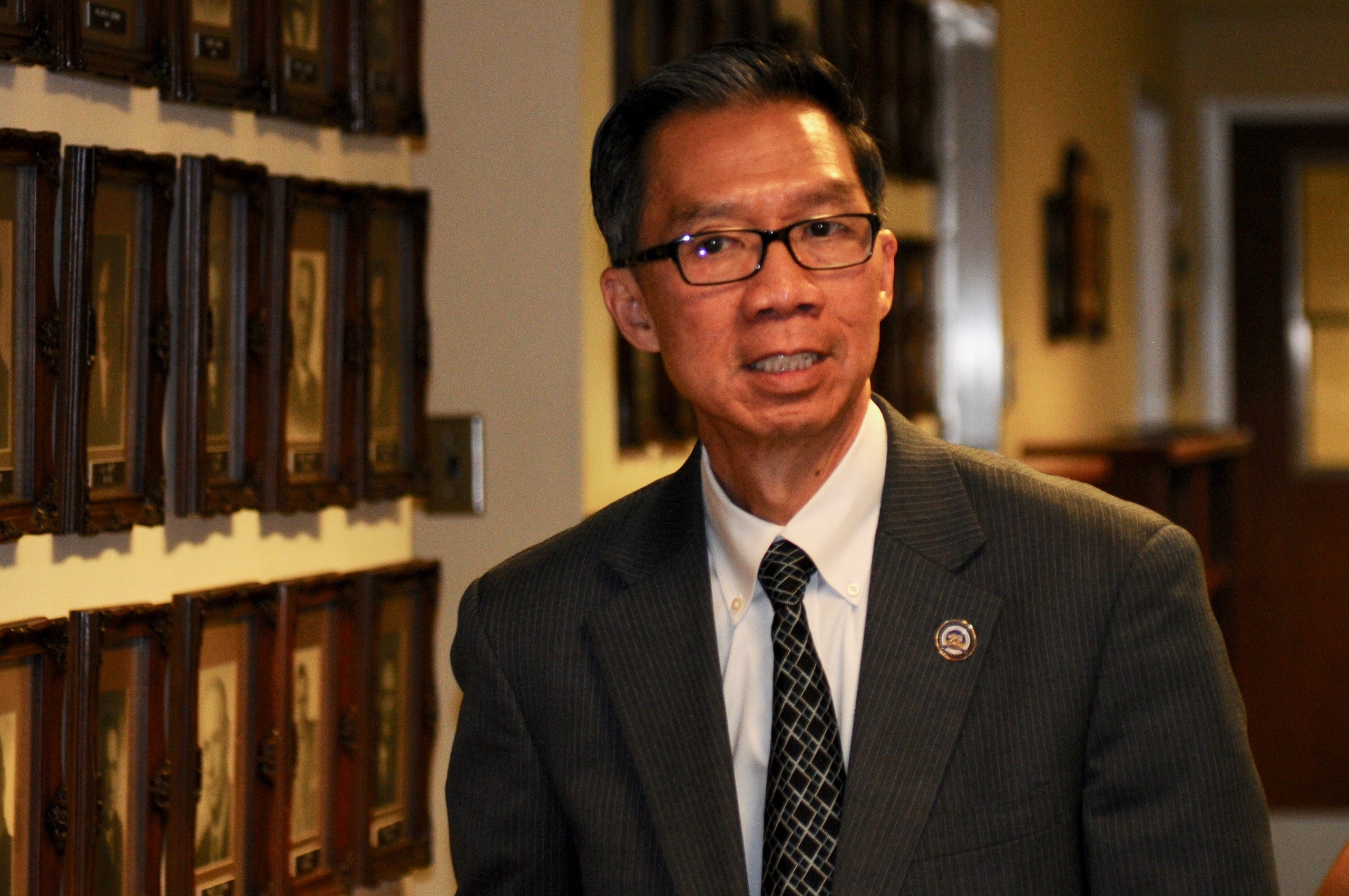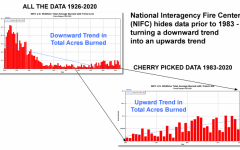
Homicides in California’s major cities rose. (Photo: Eva Carre/Shutterstock)
Politicizing Government Data
Don’t put your faith in news stories parroting government reports that don’t reflect reality
By Michael Rushford, October 8, 2024 3:31 am
There was a time when data compiled by government agencies could be trusted. For generations federal labor statistics, and data on reported crimes, commerce, health, finance, industry, agriculture and even weather were relied upon by both the government and private sector to make policy decisions effecting millions of Americans. It has become apparent in recent years that government data can be manipulated, or even adjusted to favor a political agenda. We learned over the summer, for example, that the U.S. Department of Labor’s monthly jobs report overstated the number of people finding employment by over 818,000 jobs so far this year.
The first reported number, such as the 254,000 new hires for September announced on October 4, made national headlines, giving millions of people the impression that the current administration in Washington is improving the national economy. A couple of months later, when the Labor Department quietly releases its revision indicating that perhaps 100,000 fewer jobs were created in September, it probably will not get noticed by most of the media, and most Americans would be left in the dark.
The Centers For Disease Control (CDC) blatantly fudged the numbers during the Covid 19 epidemic, falsely reporting thousands of deaths from the disease actually died from other causes including heart attacks, strokes and accidents. The federal government and most states made damaging policy decisions based on those false, politically motivated numbers. Apparently, nobody is going to be held accountable for this.
Our focus at the Criminal Justice Legal Foundation is on crime, and accurate data is essential to distinguish the effective policies from those that don’t work. A decade ago the FBI’s yearly Uniform Crime Report (UCR) was considered the benchmark data for criminal justice policy making. Virtually every law enforcement agency in the country shared their reported crimes and clearance data from this report. Another Justice Department agency, the Bureau of Justice Statistics, would also release annually its National Crime Victimization Survey (NCVS). For this survey, hundreds of thousands of Americans were asked about crimes committed against them or a family member and whether or not those crimes were reported to the police. Between these two reports the public and policy makers were able to get a fairly accurate assessment of how much crime was occurring, who was committing it, where it was most prevalent, and who were the victims. One finding that has been consistent over decades is that crime is not distributed equally among different racial populations or sexes. Asians and Pacific Islanders commit crimes at a much lower rate than their proportion of the population. African Americans commit at a rate four times higher than their proportion of the population and the overwhelming majority of victims are the same race as the offender.
Three years ago the FBI made the reporting requirements for police departments more complex, resulting in roughly one-third of departments failing to participate. In California less than half the police departments are sending in their numbers. In New York only 24% are doing so. Both the New York City Police Department and the Los Angeles Police Department are not counted in the UCR. What this means is that a significant part of the national crime rate reported in the UCR is based on guesswork. It should surprise no one that, just as with the jobs numbers, the guess is likely to be adjusted to benefit the administration in power. So the UCR numbers for 2023 suggest that crime is dropping nationally while the victims participating in the NCVS report that crime has increased.
But some government agencies are not even pretending to follow even incomplete or manipulated data. The United States Commission on Civil Rights defines itself as “an independent, bipartisan, fact-finding federal agency, our mission is to inform the development of national civil rights policy and enhance enforcement of federal civil rights laws.”
An article in Liberty Unyielding by attorney Hans Bader reveals that in a report last month the Commission lied about the differences in victimization rates among racial populations stating:
“When considering all forms of violent crime, aggregated at the national level, there are no differences in the risk of victimization for White, Black, and Latino people.”
Bader notes that the commission’s report, “which profiled five cities (Denver, Houston, Memphis, Milwaukee, and Seattle), documented in each city significant racial disparities in nearly every violent-crime measure across the four-year study period. Exceptions were few. For example, Houston’s black residents saw higher victimization rates in each of the violent-crime categories studied (rape, robbery, homicide, and aggravated assault) in 2018, 2019, and 2020. While white residents experienced higher rates of rape and robbery than blacks in 2021, the city’s blacks that year were killed at more than double the rate of whites.”
“Black-on-black crime accounts for a disproportionate share of all crime. As the federal Bureau of Justice Statistics noted in Homicide Trends in the United States, ‘Blacks are disproportionately represented as both homicide victims and offenders….The offending rate for blacks (34.4 per 100,000) was almost 8 times higher than the rate for whites (4.5 per 100,000).’ ”
“Rates of committing homicide ‘for blacks were more than 7 times higher than the rates for whites’ between 1976 and 2005, according to the federal Bureau of Justice Statistics in its publication, Homicide Trends in the United States. In 2019, 6,425 black people committed homicide, compared to only 4,728 white people, according to the FBI’s Uniform Crime Reports.”
“The higher black arrest rate is not due to overpolicing of black people. A 2021 study by the Bureau of Justice Statistics found that although blacks are arrested for serious nonfatal violent crimes at much higher rate than people in general, this mostly reflected underlying crime rates: ‘white and black people were arrested proportionate to their involvement in serious nonfatal violent crime overall and proportionate to their involvement in serious nonfatal violent crime reported to police.” (See Allen J. Beck, Race and Ethnicity of Violent Crime Offenders and Arrestees, 2018).’ ”
In election years crime becomes a political issue, especially when the party in control has implemented policies that are causing more of it. Unfortunately the political narrative has now infected government data collection, analysis and reporting to an extent that it cannot be trusted. Good advice for voters this year is to follow your instincts. On the economy, an indication of how well things are going is available at your local grocery store, pharmacy or gas station. On crime, consider how safe you feel where you live, work and shop. Have there been murders, rapes, robberies and looting in your part of town? Don’t put your faith in news stories parroting government reports that don’t reflect reality.
- Murderers Seek to Overturn Convictions Under California’s Racial Justice Act - November 3, 2025
- CA Appeals Court Blocks Early Release of Murderers - July 30, 2025
- California Democrats Plan to Starve Proposition 36 to Death - April 3, 2025





Bottom line. If the government says it, it is a lie. Lying is the only thing they are good at as they have had decades of practice.